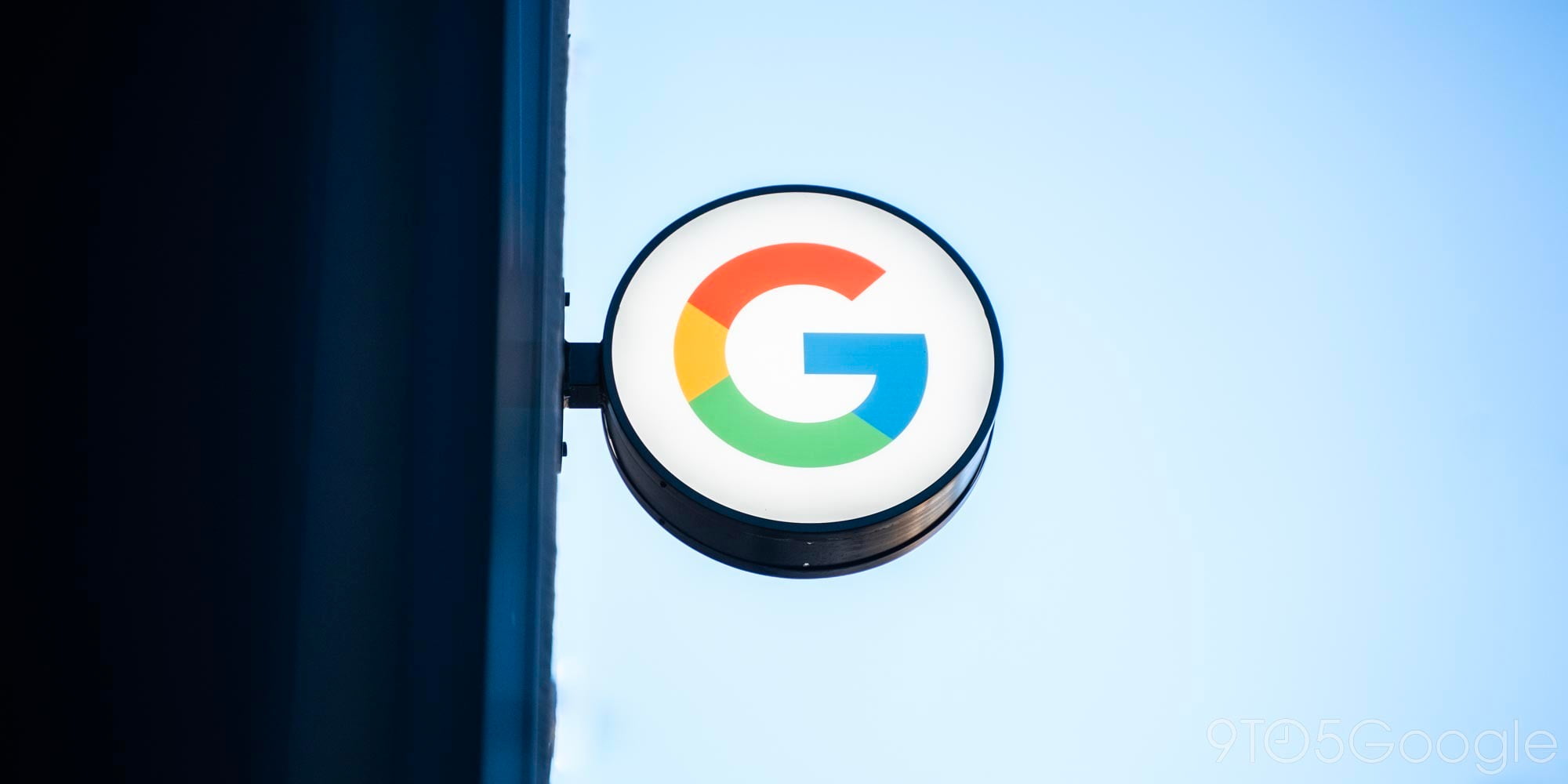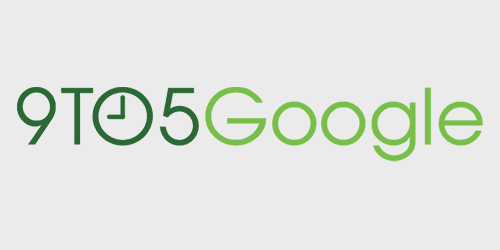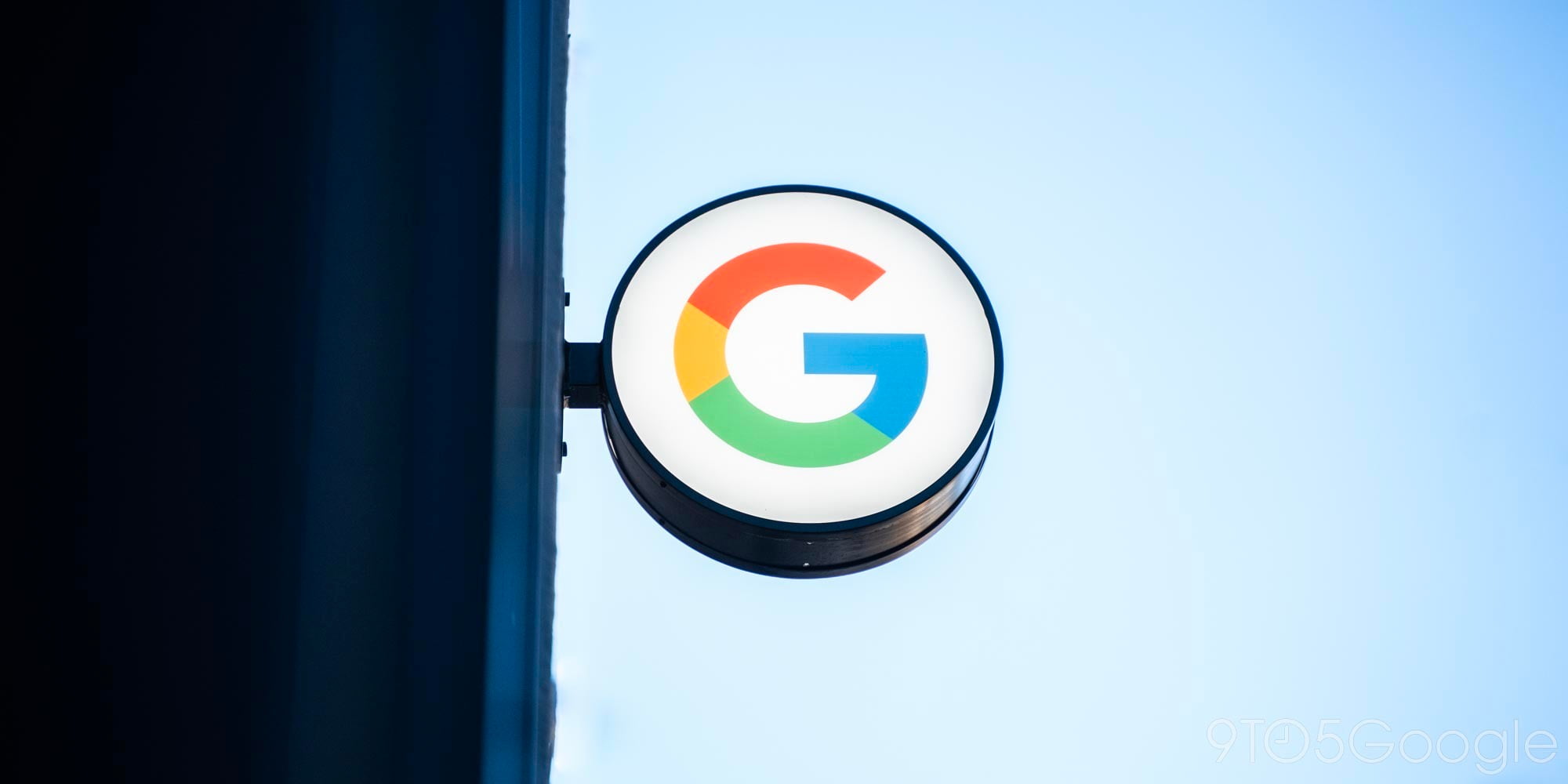
9to5Toys Last Call: LG G2 (unlocked) $210, Kindle Fire tablets 15% off, Bluetooth speaker bundle $25, more
Keep up with the best gear and deals on the web by signing up for the 9to5Toys Newsletter. Also, be sure to check us out on: Twitter, RSS Feed, Facebook, Google+ and Safari push notifications.
Today’s can’t miss deals:

LG G2 w/ 32GB flash storage, factory unlocked for GSM carriers: $210 shipped (Reg. $300)

15% off Amazon Kindle Fire tablets: Fire HD 6 $84, Fire HD 7 $118, Fire HDX 8.9 $322, Fire HD Kids Edition $126

Lumsing 4-port USB wall charger $11, Bluetooth speaker and dual USB car charger $25 Prime shipped

Belkin Secured Wired Keyboard for Samsung Micro-USB Tablets: $10 shipped (Reg. $30)

One-year magazine subs from $5/yr: Architectural Digest, Wired, Dwell, Runner’s World, more
More new gear from today:

Headphones: Klipsch X11 in-ears $100 (Reg. $132+), Sennheiser HD205-II over-ears $25 (Reg. $50)
- New! BenQ 1080p 3D Full HD 2,200 Lumens DLP Projector $699 shipped (Reg. $799+)
- New! Daily Deals: Changhong 55″ 4K $600, iPad Air 2 $400, more
- New! Games/Apps: Kirby and the Rainbow Curse $36, iOS freebies, more
- New! Kensington Clicksafe Combination laptop/device lock $15 Prime shipped (Reg. $25+)
- New! Belkin Secured Wired Keyboard for Android MicroUSB Tablets $10 shipped (Reg. $30)
More deals still alive:

- HDDs: Seagate 5TB desktop $130, Seagate Slim portable 2TB (multiple colors) $85
- D-Link Day/Night WiFi Surveillance Camera w/ iOS or Android Viewing $60 (Reg. $140)
- HDTVs: Samsung 48″ Smart $548 (orig. $848), Samsung 51″ Plasma $348 (orig. $879), more
- Home: Rachael Ray 10-pc cookware set $100, Celestron FirstScope Telescope $34, more
- Stack these two Microsoft promos for 200GB of OneDrive storage for free
- Sony 48″ 1080p Smart HDTV (refurb) $400 shipped (orig. $650)
- Etekcity portable wireless Bluetooth speaker $16 Prime shipped (orig. $46)
- TP-LINK AV200 Nano Powerline Adapter Starter Kit $21 shipped (Reg. $30+)
- Grab Lightroom 5 at a steep discount w/ free external storage
- VIZIO 50-inch 4K Ultra HD 120Hz Full-Array LED Smart TV $698 in-store (Reg. $1,000)
- Samsung 50-inch 1080p 120Hz Smart LED HDTV $599 shipped (orig. $1,200)
- Hunger Games: Catching Fire eBook free (Reg. $7), iTunes movie trilogy $30 (Reg. $55)
- Patagonia jackets, shirts & accessories up to 50% off: Down Jacket $137 (Reg. $229), more
- Audio-Technica Pro Headphones: ATH-M40X $79 (Reg. $139), ATH-M30X $55 (Reg. $99)
- BJ’s 1-Year Inner Circle Membership + $25 Gift Card $35 (~$75 value)
- Amazon Fire TV streaming media player $34 w/ Sling TV subscription or $84 w/o
- Mass Effect Infiltrator is IGN’s free iOS game of the month ($4.99 value)
New products & more:

- Bang & Olufsen’s Bluetooth speaker is a must-see with its anodized aluminum gold finish
- Gaming For Couples: Catch up on 9 great video game columns!
- Target turns up the heat on Best Buy/Amazon by slashing its free shipping threshold
- The latest batch of Halo toys: authentic Needler blaster and McFarlane’s new Master Chief
- Rovio releases new matching puzzle game ‘Jolly Jam’ for iOS and Android
- Trendnet’s new 1200 AV2 MIMO equipped Powerline kit is now available
- Ray’s 4.8-inch touch screen Super Remote takes TV watching out of the dark ages
- Marshall’s Major II headphones with updated audio and same iconic style are now available
- Kitchen Tech: Spherification lets you make your own caviar from fruit juice, more
- Make awesome ice spheres, cubes, Death Stars, diamonds and more for only $10
- Take your iPhone 6 Back to the Future with this highly detailed Delorean case
- Truffol’s wood/aluminum USB chargers w/ protection power up to five devices


